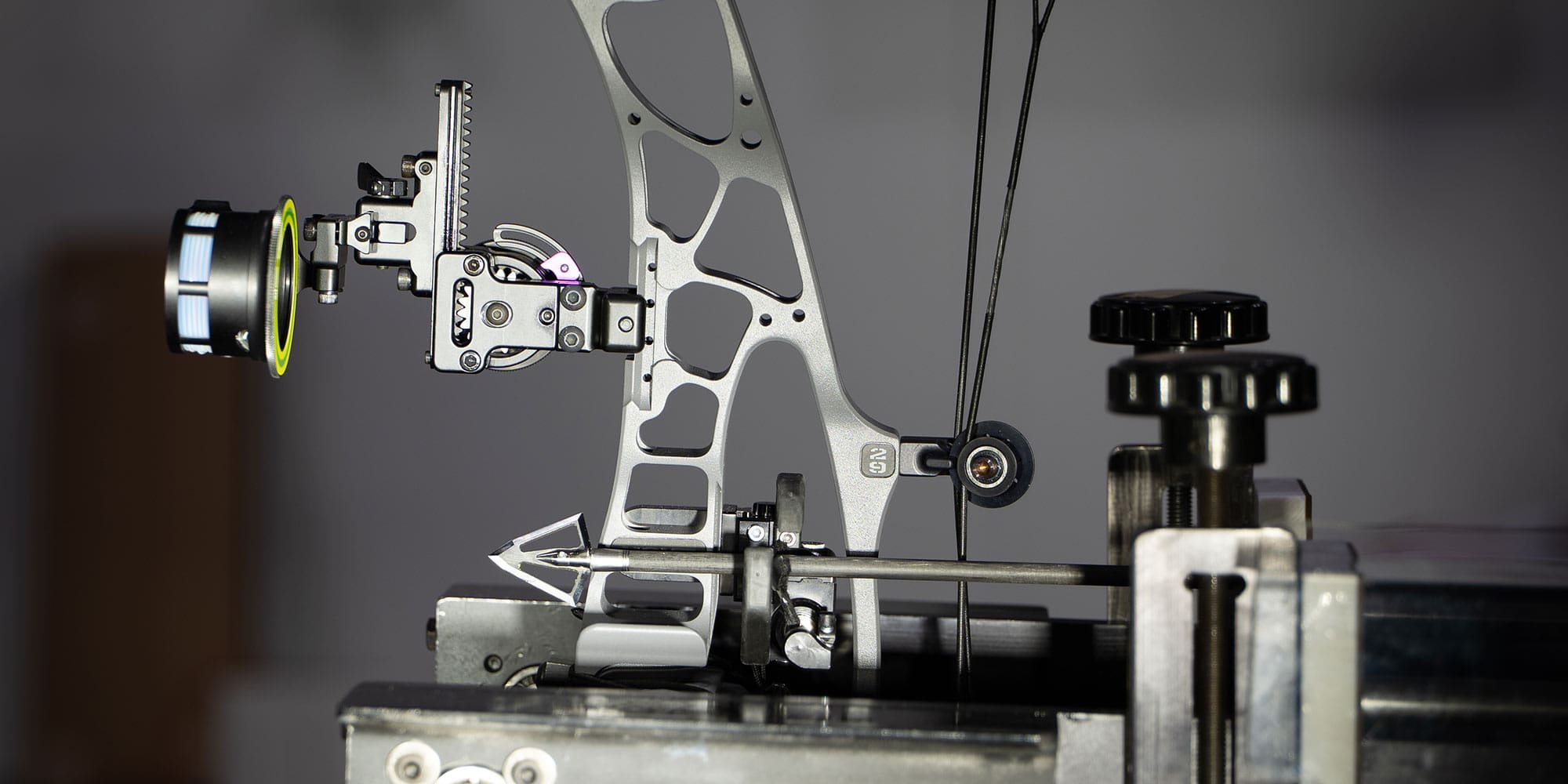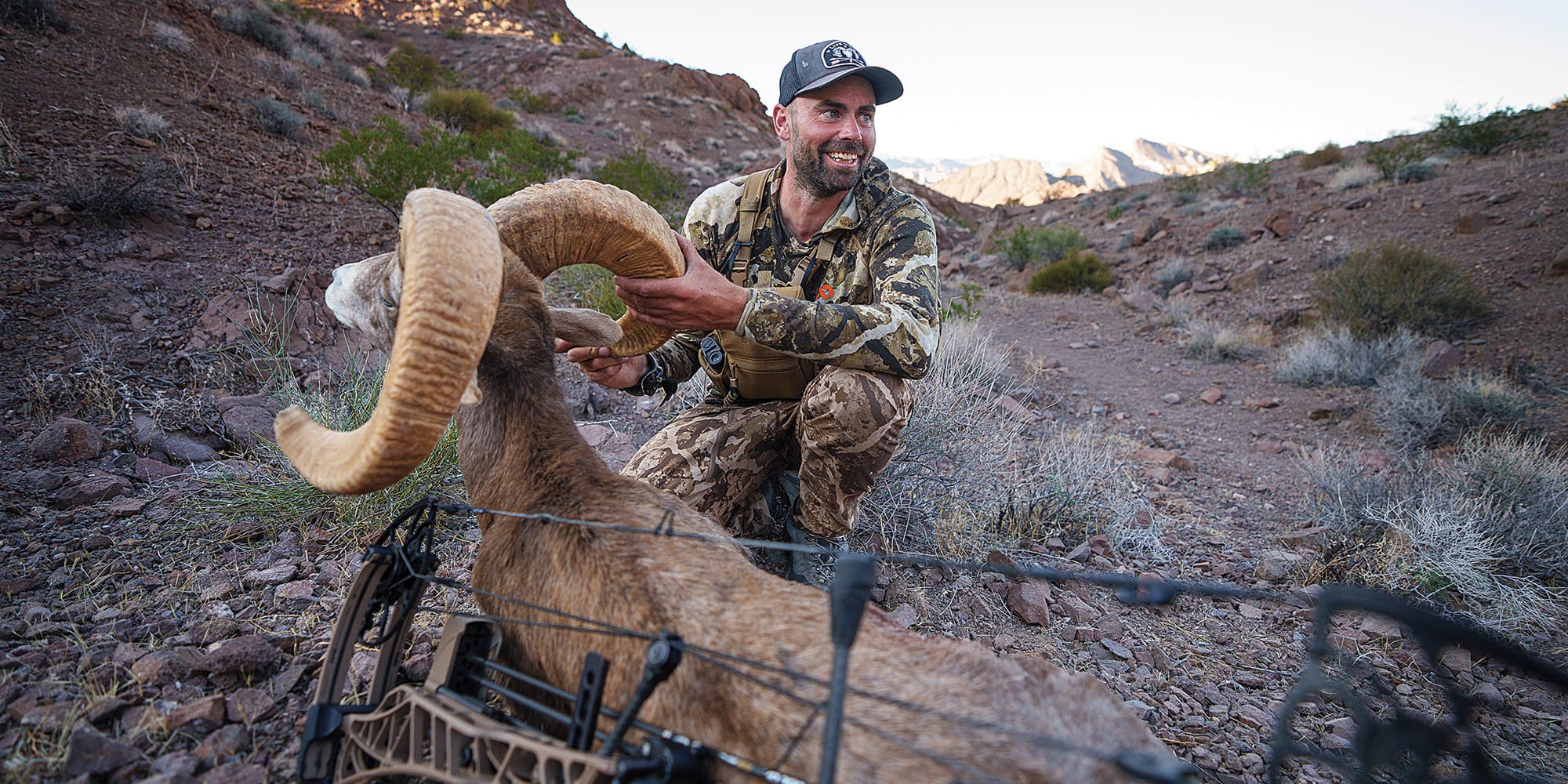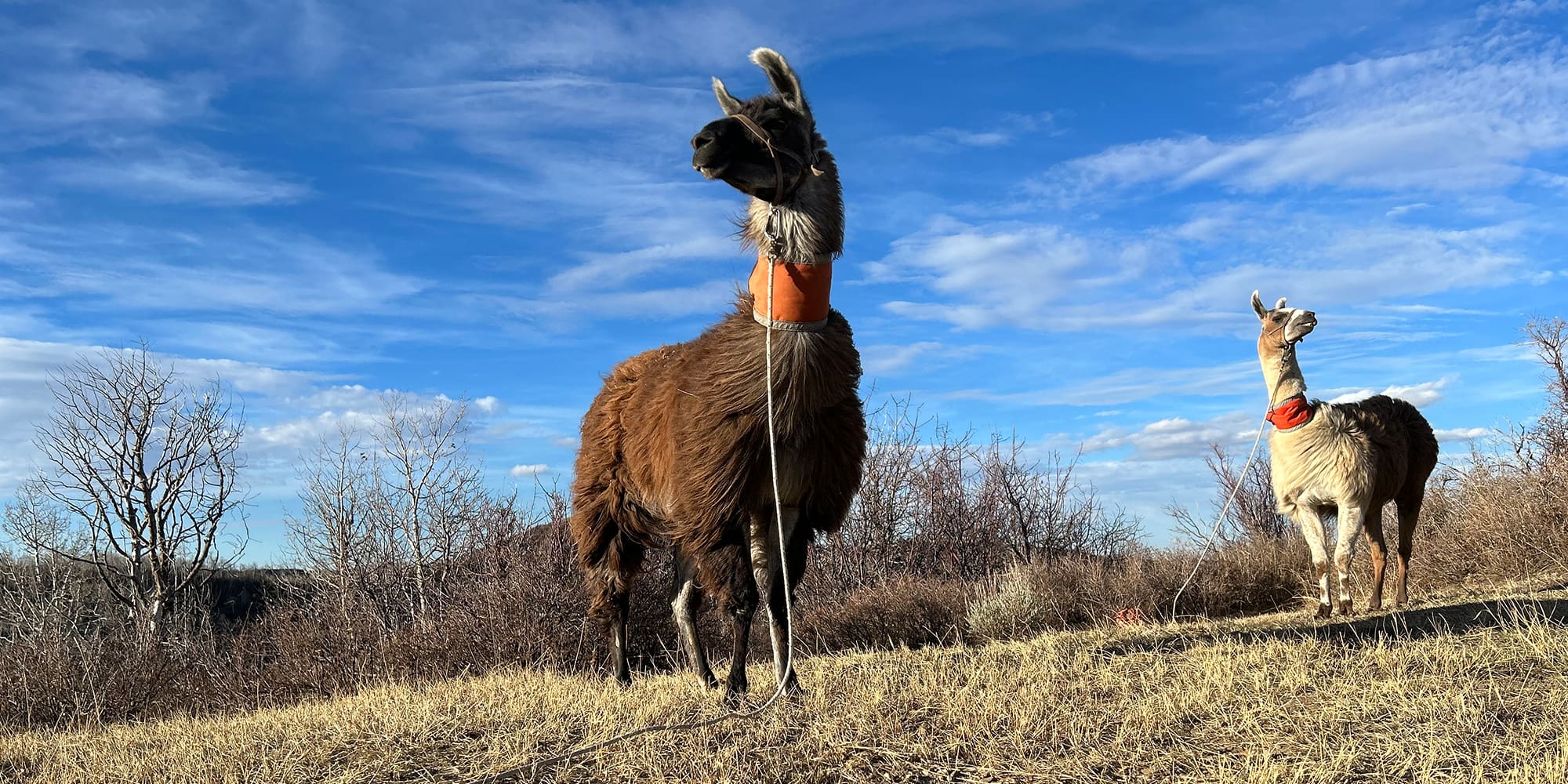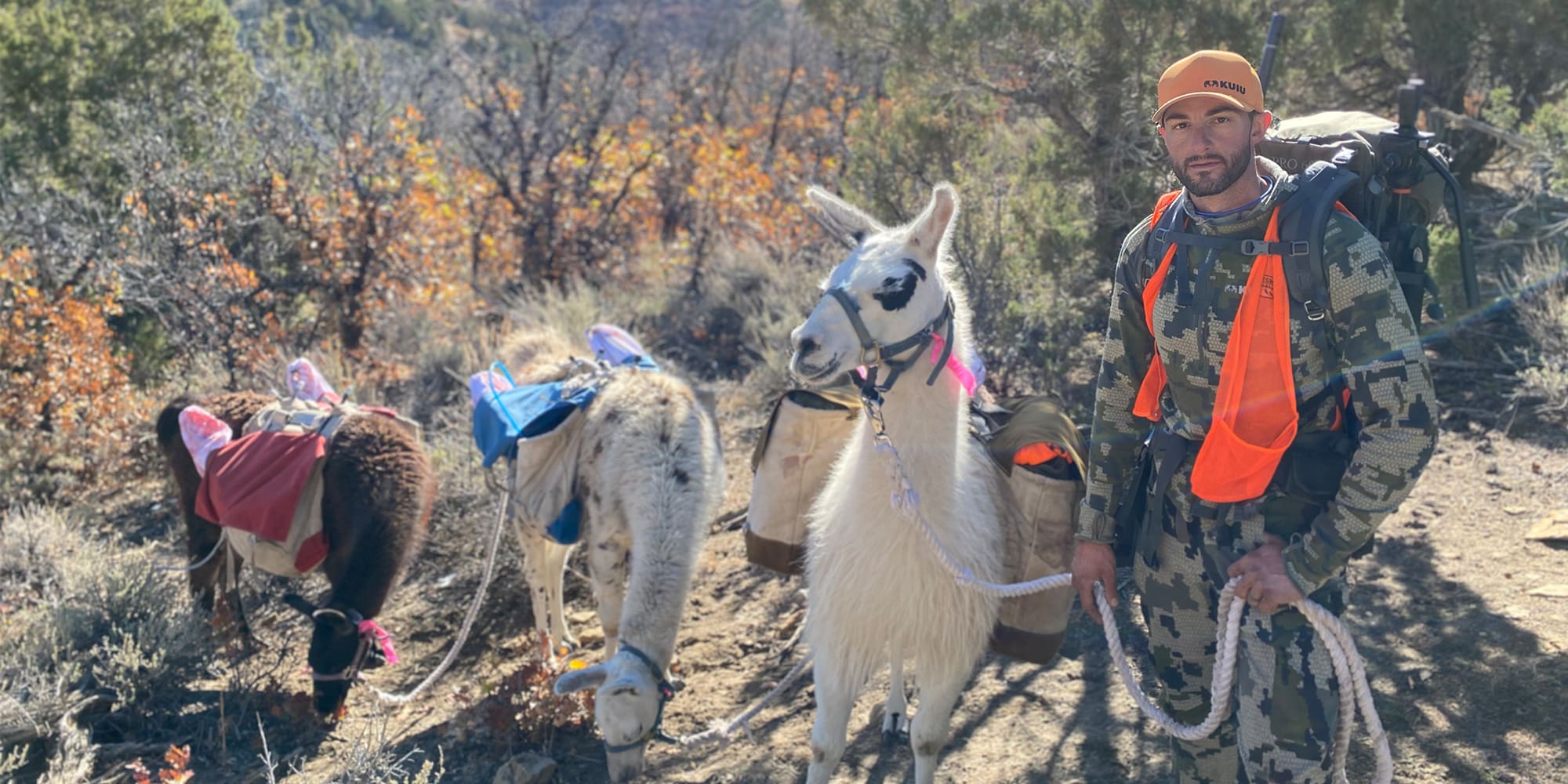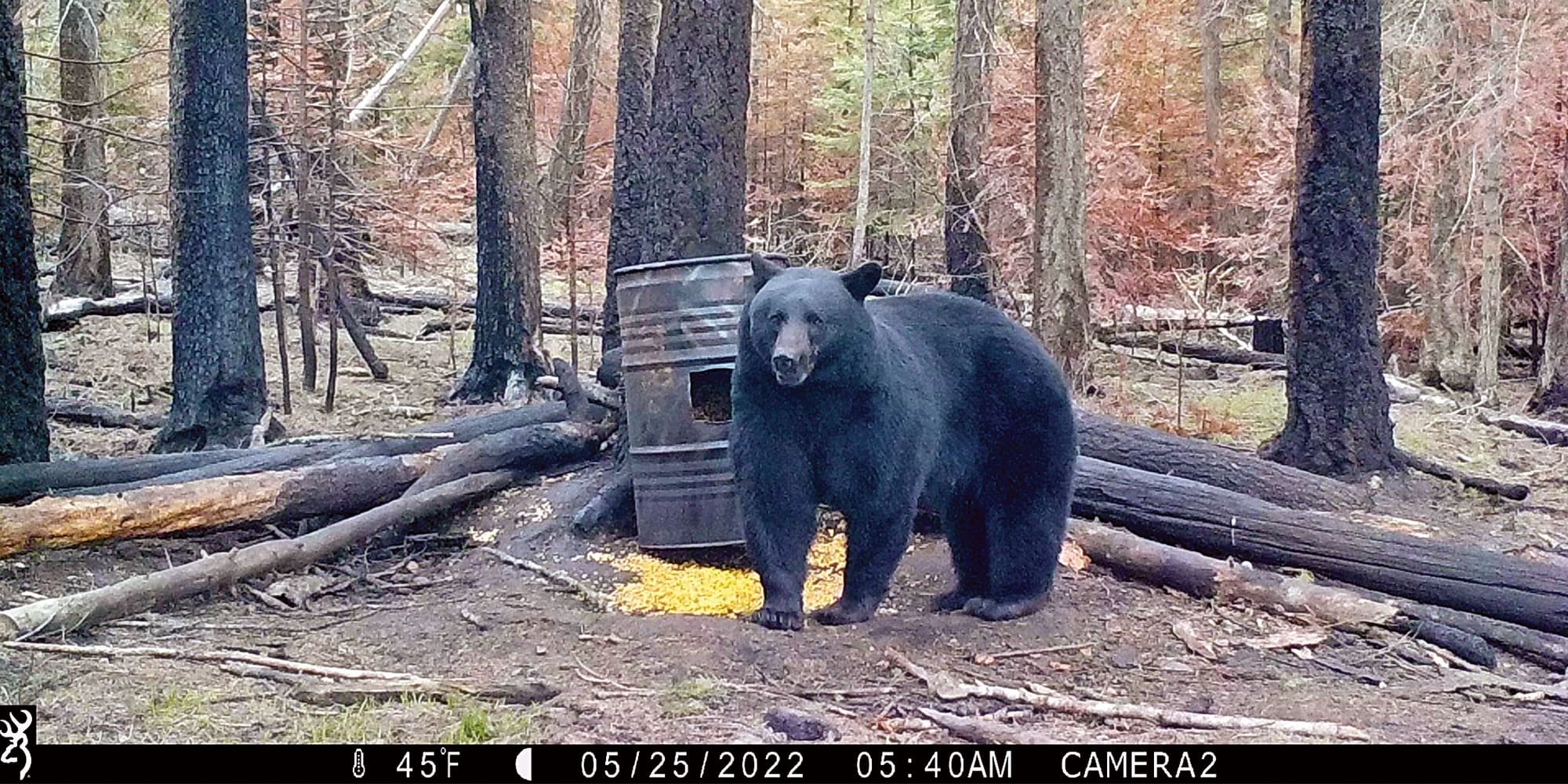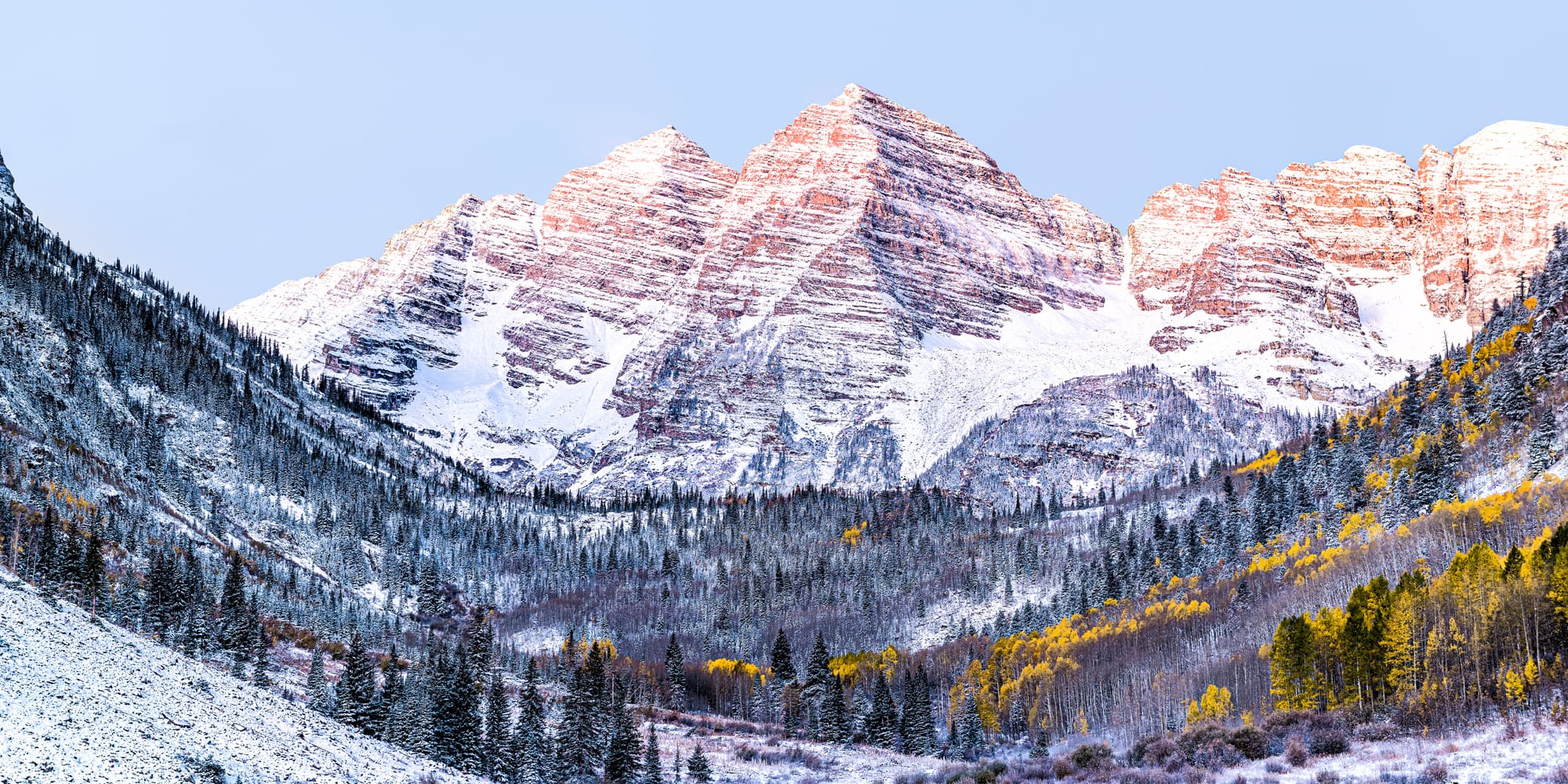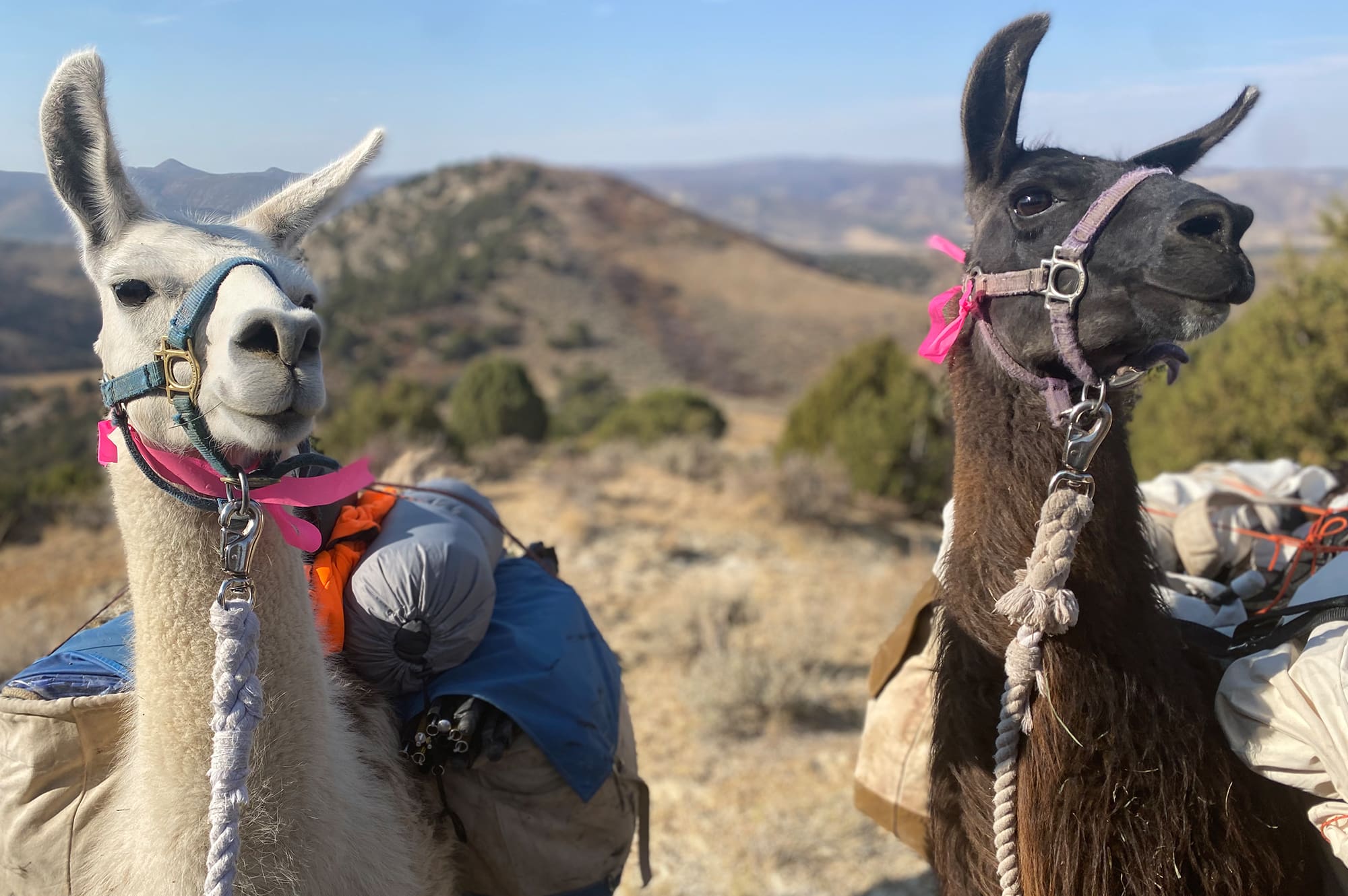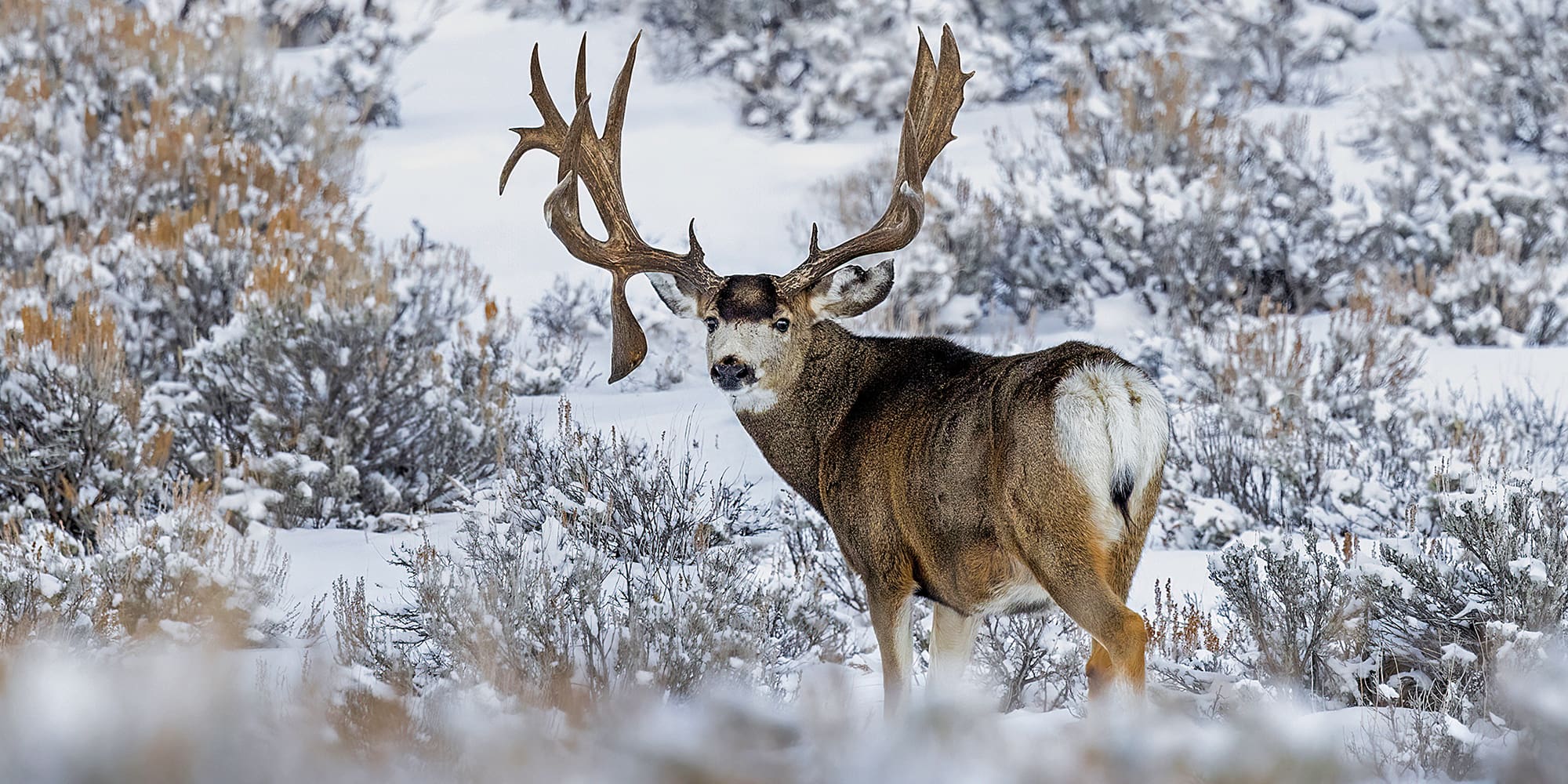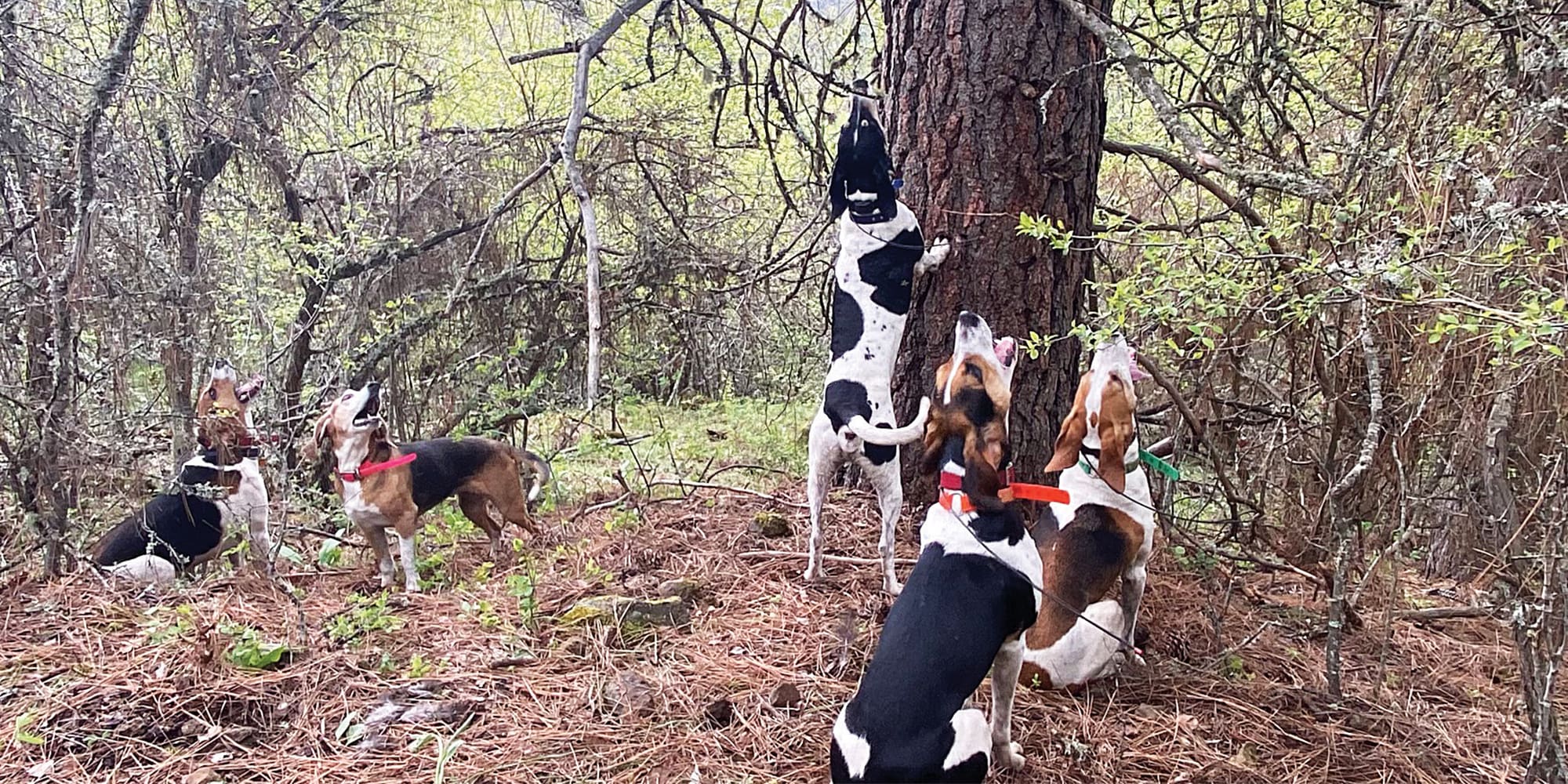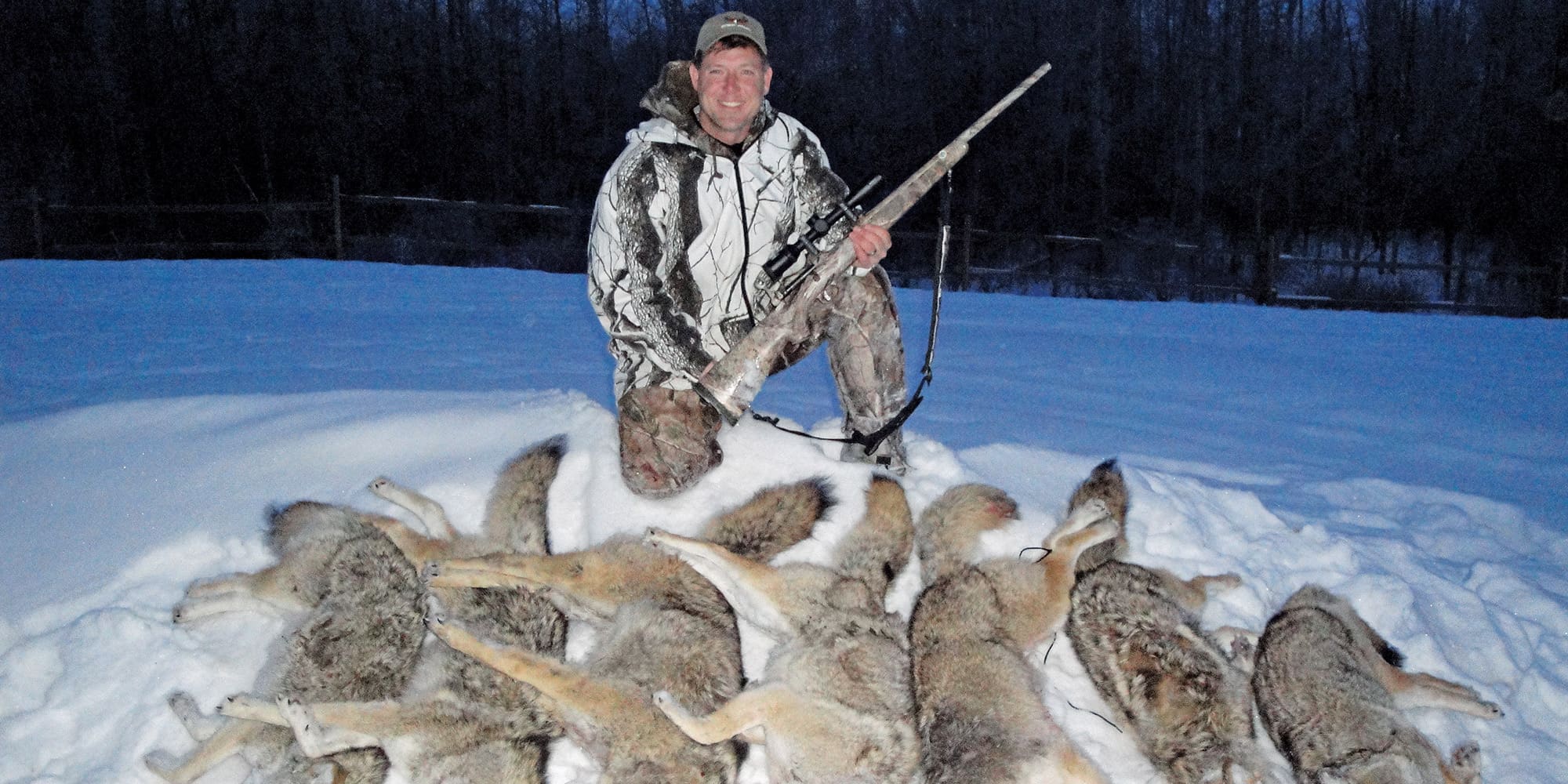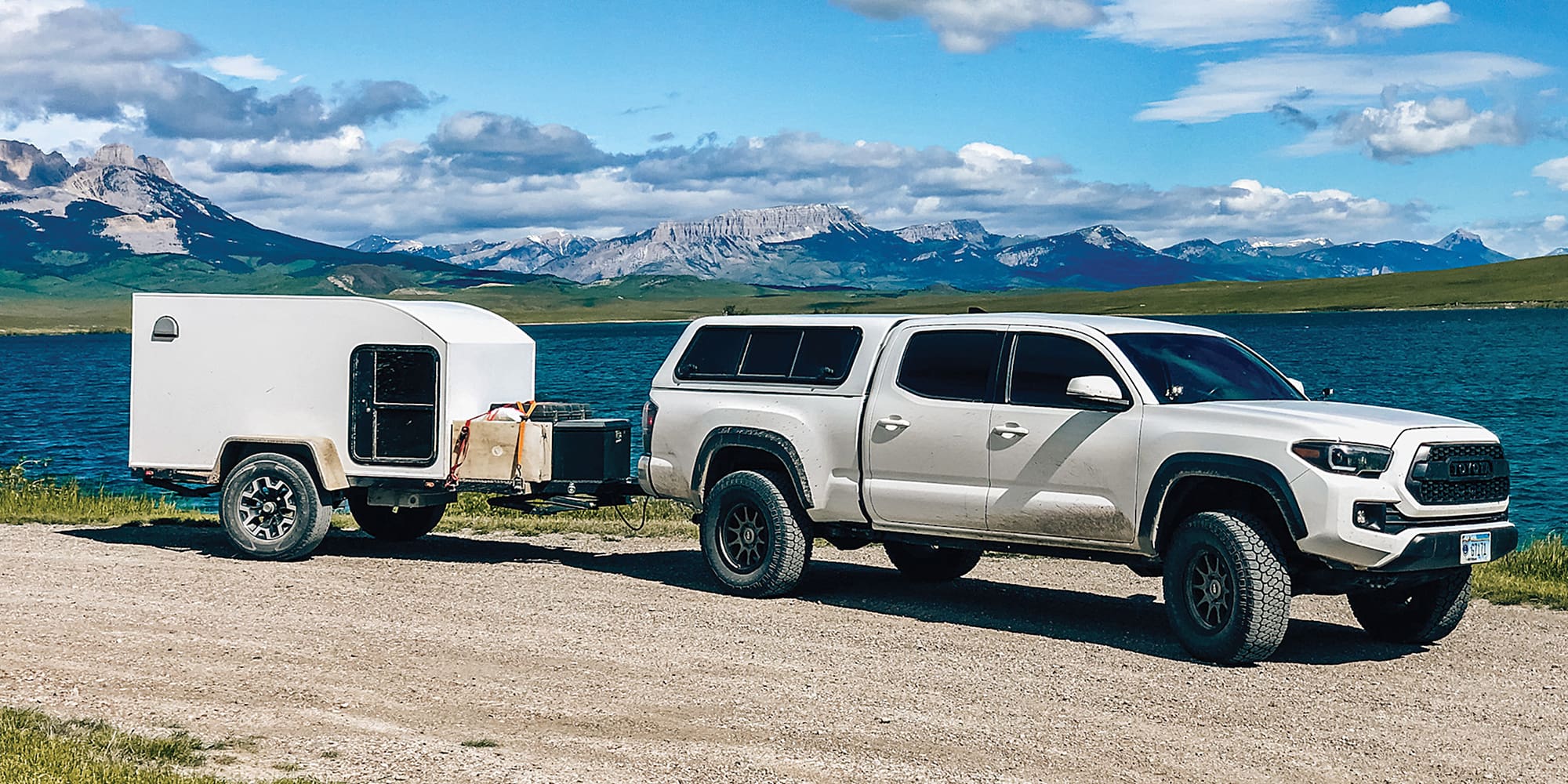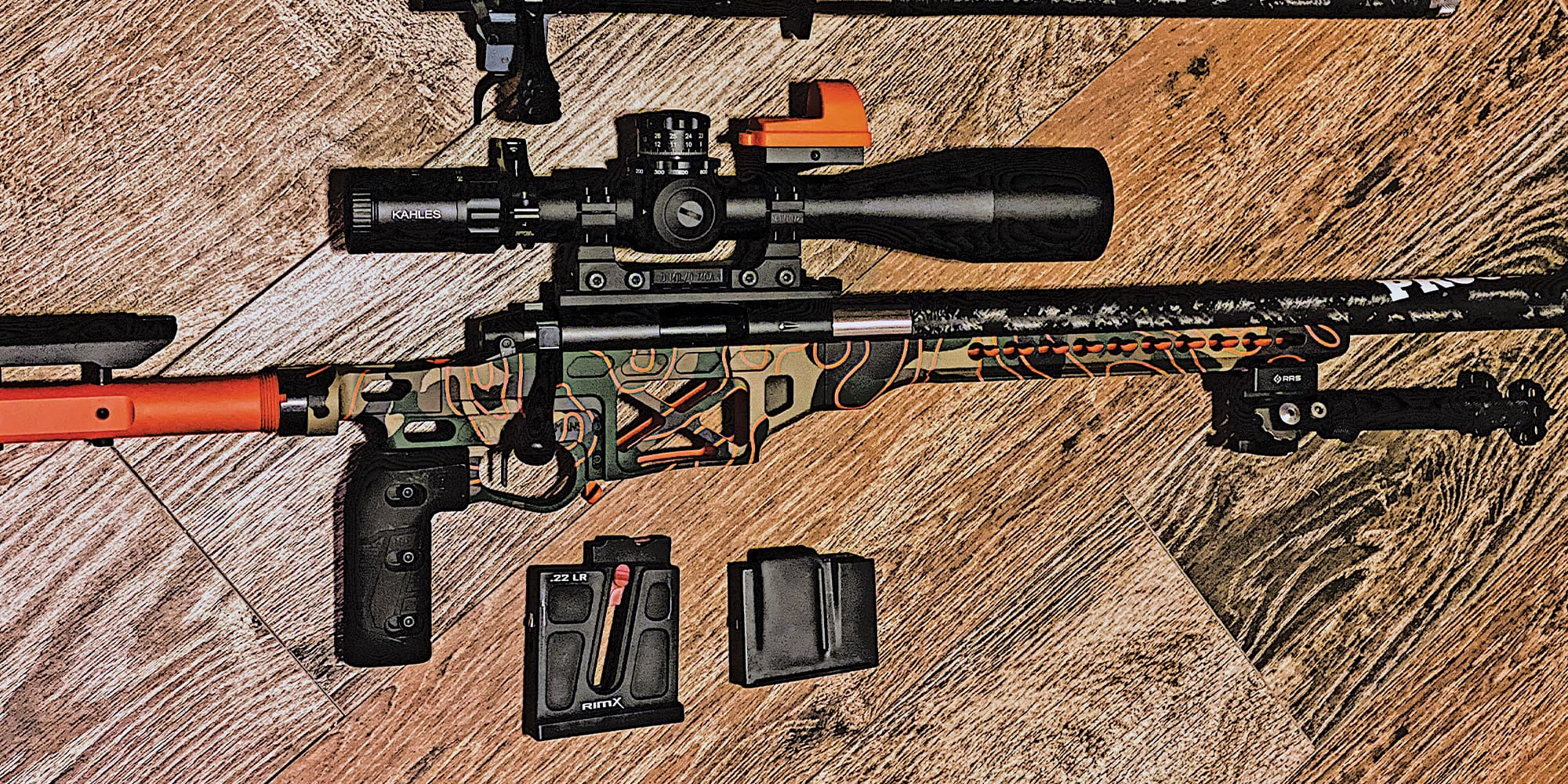
NOTICE: Certain links on this post may earn a commission for Western Hunter Magazine from Amazon or our other affiliate partners when you make a purchase. Thank you for your support.
Backcountry Hunters Course
Hosted by Magpul Core
We’ve been reviewing rifles in the past couple issues of Western Hunter Magazine and showcased a few of the leading companies producing some of the best rifles on the market geared toward shooting at longer ranges. Even once you have the equipment and just enough knowledge to make you dangerous, it’s easy to get complacent. It has become commonplace now for animals to be harvested at distances that were much more uncommon ten years ago. More and more people are getting into the shooting sport world, and with the huge growth in Precision Rifle Series (PRS) competitions, shooters are pushing their limits more than ever.
What people don’t see are the thousands of rounds fired in training by these expert marksmen in preparation for the 60 rounds fired in a competition or that one shot opportunity to harvest the animal of a lifetime. They spend the time to ensure they have supreme confidence and ability every time they press the trigger, and you should be doing the same.
If you’re not able to shoot thousands of rounds per year and train with the best shooters in the world every weekend, how do you improve your skillset? You seek professional training.
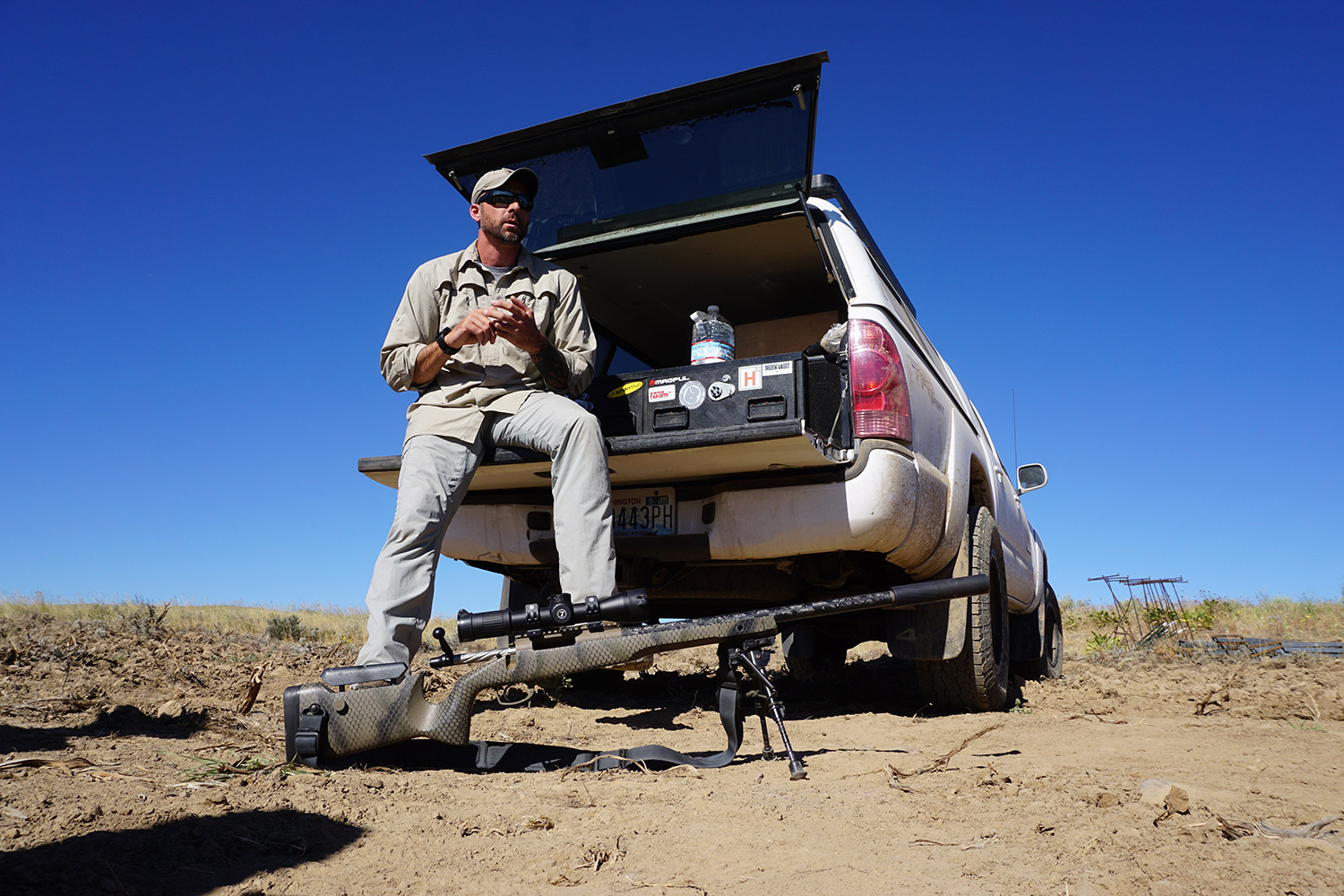
Searching for Improvement
This past year I set out with a goal of improving my precision rifle shooting abilities and wanted to find the best training I could afford. I had several colleagues receive formal training from Caylen Wocjik through a LE Advanced Sniper Course. When they returned from the training I was impressed by their increased confidence and ability to execute precise rifle fire on small targets from a variety of positions and distances. After seeing their transformation, it was an easy decision for me.
I tracked Caylen down at Magpul Core, where he was a lead instructor, covering a variety of courses including pistol, carbine, and precision rifle, with courses even specifically geared toward hunters. I reserved my spot in Magpul Core’s Backcountry Hunter Course, which offered two days of precision rifle training and three days of backcountry hiking, land navigation, and more shooting.
I began prepping my gear three months prior based on the list provided by Magpul with “required gear” and “nice to have gear”. The first item on the provided list? A rifle capable of sub MOA accuracy and 220 rounds of ammunition.
I had just received Proof Research’s latest switch barrel rifle the same week, and after my first range session, I knew this rifle had to go to Washington for the course. Topped with a Swarovski Z8i scope sporting a flex turret, I had the rifle dialed in to 850 meters in no time. Hornady 6.5 Creedmor 143-gr. ELD Match ammunition shot tiny cluster groups measuring .250-.300”, which was well below the requirement.
After the rifle was squared away, the list helped guide me to what gear was essential and also provided recommended brands of clothing and equipment from the instructor’s personal experiences.
Amidst my prepping for the course, I ended up drawing a mountain goat tag in Montana! It was perfect timing for getting in shape and getting my gear prepped for the backcountry. The weeks flew by and soon I was on the road driving to Yakima, Washington.

Day 1
Day 1: We met Caylen and his fellow cadre, Luke Carrick, at a private range, which Caylen was in the process of building. We unloaded our gear and began a classroom session, which consisted of six dudes sitting on ice chests circled around the tailgate of Toyota Tacoma.
Caylen explained the Fundamentals of Marksmanship, broken down into three parts: 1) Body position; 2) Sight, breathing, and natural point of aim; and 3) Trigger control and follow-through.
Under each of these categories, Caylen explained and demonstrated what he expected from us every time we got behind the rifle to start each shooting session. The instruction was simple, but had a profound impact on my shooting. I’ve often wondered where today’s common shooting techniques came from. Caylen had asked himself those same things, except he went out and tested them all, and found out what actually does work based on performance not theory.
After our classroom session and safety brief, we confirmed zero at 100 yards and putting our new education in marksmanship to work. We verified our muzzle velocities to create our data cards, which would be put to use during the next four days.
Caylen handed out Kestrel LiNK AP ballistic meters and after downloading an app to our phones, we were back out on the range truing our ballistic data. The system worked flawlessly, and when combined with the shooter following the fundamentals, everyone in the class was hitting “vital-sized” steel plates from 300-800 yards on the first day.
One of the guys got his first 1,000-yard impact on his first shot and followed it up with another, using his Stevens bolt-action .30-06 with a 3-9 Leupold! It was an impressive sight.
Lesson learned on Day 1: Always follow the fundamentals of marksmanship.

Day Two
Day 2 found us back at the range with a short classroom session, then off to the races with more shooting. This time it was shooting the same targets but from tripods and other improvised shooting rests made from the gear in your pack. The big takeaway is to use everything in your pack to create a solid base and establish your natural point of aim with the rifle. We made use of tripods, trekking poles, raingear, and backpacks to construct solid rests.
I used an Outdoorsmans tripod (medium) paired with their LR rear rifle support and Hog Saddle. That combination provided a solid rest that allowed me to make multiple hits out to 700 yards on targets not viewable from the prone position. When I added the extra support of my Outdoorsman pack frame as a rear support, I was able to really stabilize the rifle and make back-to-back hits at 900 yards.
We moved between three shooting positions, which gave us different terrain features to navigate, as well as a changing wind that added to the degree of difficulty. It’s one thing to shoot off a tripod rest; it’s a different story to try and deploy it on the side of a steep bank with loose sediment and still make accurate shots under stress. This was a great learning experience.
Lesson learned on Day 2: Placing your raingear under your hips when seated adds more stability to your rest by allowing you to relax your glutes and lower back. Try it.

Day 3
Day 3: We gathered at the trailhead and emptied the contents of our organized backpacks to do a gear check and gear lesson with Luke Carrick. After shooting with Luke and 15 minutes into his backcountry gear dissertation, it was clear that he has forgotten more about backcountry hunting than I’ll ever learn. It reminded me of college, when I should’ve been taking more notes to pass the final…except this time I actually took notes!
After our pack check, we loaded them up, topped off our water bottles, and headed up the trail. I was stoked! It was my first time stepping into the Cascade Range, and with a great group of men eager to expand their shooting and survival skills!
After some hiking, a water break, some much-needed pack readjustments, and more hiking, we made it to our campsite, which was placed along a creek.
Shortly after chow, we had a backcountry survival lesson in fire starting. We teamed up in pairs and were handed a piece of twine with a magnesium/flint fire starter and tasked with starting a primitive fire. My partner, Brett Tutor, and I made quick work of the task and had a fire started in no time.
Once we stoked the fire and everyone had a chance to relax a bit more, Caylen had us break out our maps. He gave a crash course in land navigation via compass, which is truly a lost skill with the advent of GPS. I’ve always wanted to learn how to properly navigate with a map and compass, and after Caylen’s instruction, I was eager to start plotting more paths with my new skillset.
Lesson Learned on Day 3: Pack fit is vital, and boot selection is widely affected by the weight of the pack you’re carrying. My boots were nowhere near correct for 60-lb. packs.
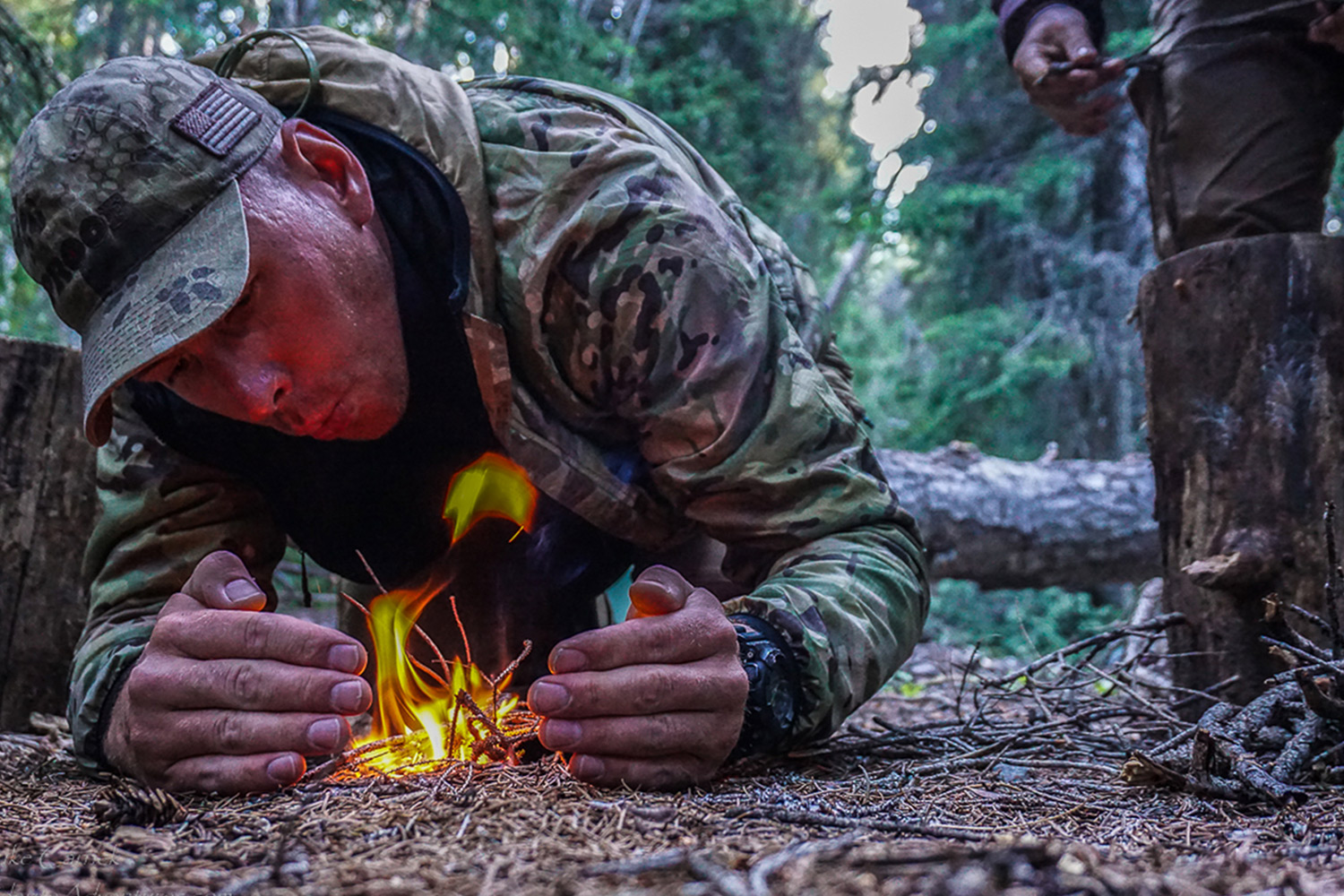
Day 4
We started by replenishing our water, breaking down camp, and heading up the trail to check some game cameras that Luke had set earlier this spring. We made our way out of the canyon bottom and began climbing some steep terrain.
We received another quick lesson on a mountaineering tactic called the “rest step”. This hiking technique allows you to navigate steep terrain while conserving energy and reducing fatigue on your legs. After getting the timing figured out, we were moving with a purpose without the need to stop every 50 yards to catch our breath.
A few miles later we were finally atop the main ridge. We were rewarded with an amazing view of Mount Rainer and had a 360-degree view of the beautiful Cascades. We began setting up our tripods and glass for a classroom session in glassing equipment and techniques. I set up my Outdoorsmans tripod topped with a Swarovski STR 65 spotting scope, which produced a lone mountain goat bedded on a distant peak.
After scouring the slopes while practicing our grid patterns, we moved into the final portion of the day’s lesson plan. Caylen informed us that on the other side of the ridge were steel plates placed across the slope. We were to move into position and begin glassing for the plates as if it was our intended quarry and this was opening day of our coveted tag.
The brown plates were well placed to make you work to pick them plates out of the shaded timber. The distances varied, but were kept well within realistic hunting distances. The steep angle, wind, and new atmospheric conditions made it as close to the real thing as possible.
After the last “ring” of impact on steel echoed off the canyon wall, everyone walked away with a great experience and confidence boost. There were guys who began this course never shooting a rifle past 100 yards on paper and were now confidently hitting vital-sized targets well beyond distances they once perceived as “unachievable”.
We made our way down the slope as dusk approached and settled into our final campsite of the trip. We filtered water, ate chow, started fire, told hunting stories, and discussed plans for future adventures. I found this final evening to be the most rewarding and relaxing of all my nights on this trip. Great company, great weather, and a great rifle leaned against a tree nearby always makes for the most memorable moments.

Day 5
Our final morning was an early one; we broke camp in the dark in hopes of hiking to a saddle to glass for game at dawn. As we reached the top, Luke pointed out a herd of elk, including a bachelor herd of bulls, feeding through a backcountry meadow. We sat and glassed for several hours that morning, locating elk and several groups of mountain goats on surrounding peaks.
Once the morning shadows gave way to the sun and critters moved off to their bedding areas, we packed our gear to the final shooting position before our long hike out. The last course of fire was placed on a rock outcropping overlooking a large bowl with two shooting positions. They both offered high-angle shots with variable wind directions. It was a great course that kept you honest and allowed you to apply all the skillsets we’d been taught.
I could’ve sat on that ridge all day heating up my barrel, taking full advantage of the opportunity afforded me by Caylen and Luke packing ten 12”x12”x3/8” steel plates ten miles into the backcountry to give us the most unique range I’ve ever fired upon. It was clear that these guys live their lives by what the preach, to the point of building this amazing course to help others learn crafts they both have mastered.
The Pacific Coast Trail led us the remaining miles down the mountain to our trucks, where fresh clothes and sandals were on standby, waiting to replace the boots that were no longer comfortable by any standard. After a quick refreshing rinse in an ice-cold spring, we were off to the local bar and grill for burgers and cold beers to close out a great week of training.
I can’t give enough praise to the level of professionalism and compassion expressed by Caylen and Luke. They set a higher standard for what I expect from future training courses and instructors. Caylen offers precision rifle courses tailored to fit any shooter’s experience level and I’ll be training with him again in the future.

Don’t Get Left Behind
Whether you’re a seasoned hunter with years of experience or the greenest of rookies just out of Hunter Safety, you owe it to yourself to check out the Backcountry Hunters Course. In the class I attended, we had the full spectrum, from a big game guide with 25 years experience all the way to a Texas movie star looking to prepare himself for his first big game adventure out West. I walked away from this course with a great deal of confidence going forward.
The world in which we live and hunt is ever-changing and constantly evolving. Don’t get left behind. For more information, contact: Caylen Wocjik at caylen8541@gmail.com or Luke Carrick at guiderite@gmail.com.
Follow me on Instagram @Pap Van Winkle or contact me at cjmlbagnoli@yahoo.com to keep the shooting conversation alive. Let me know what rifles, optics, or shooting products you’d like to see reviewed in future issues of Western Hunter Magazine!
Photography by Luke Carrick and Caylen Wocjik
Gear List
My go-to gear used during this course:
Outdoorsmans Pack System
Outdoorsmans Tripod and Pan Head w/ Long Range Rear Support
Swarovski STR 65mm spotter
Swarovski 10x42 EL Range binoculars
Swarovski Z8i 2-16x50 riflescope with flex turret
Gunwerks BR2 Rangefinder
Proof Research Switch Barrel Rifle System
Hornady Match Ammunition
HOG Saddle Rifle Rest
Gunfighters Inc. Kenai Chest Holster w/ S&W 329 .44 mag
FHF Bino Harness
Beyond Clothing Rig Light Pants
Beyond Clothing Alpha Lochi Jacket
Big Agnes Gunn Creek 30 sleeping bag
Big Agnes Air Core Ultra pad
Big Agnes Fly Creek UL2 Tent


